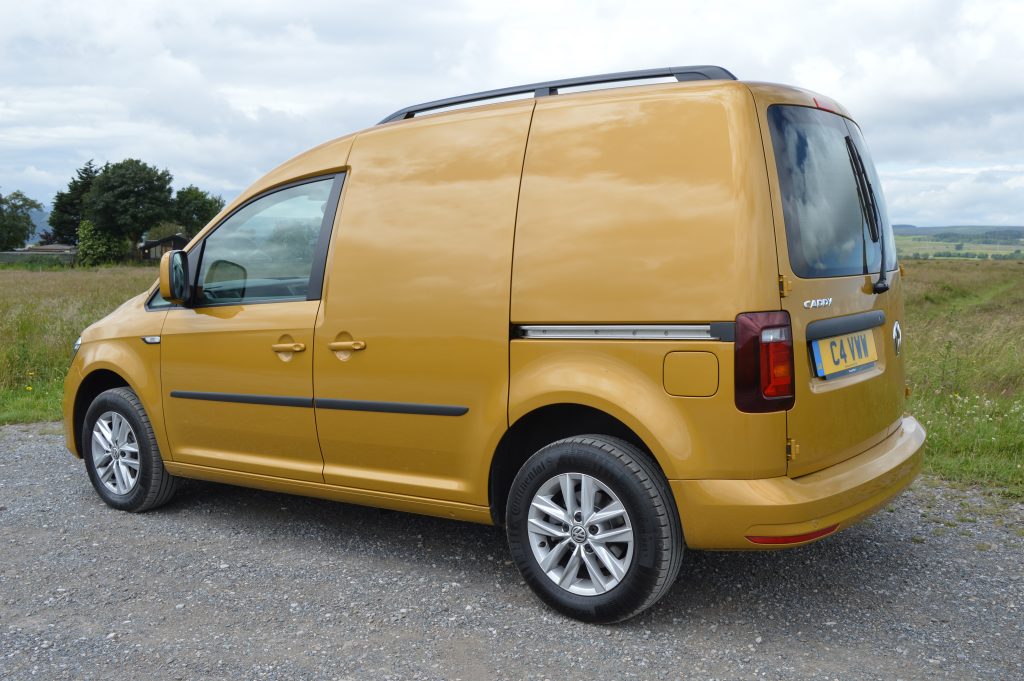Road Test and Review – Volkswagen Caddy SWB Highline 102PS
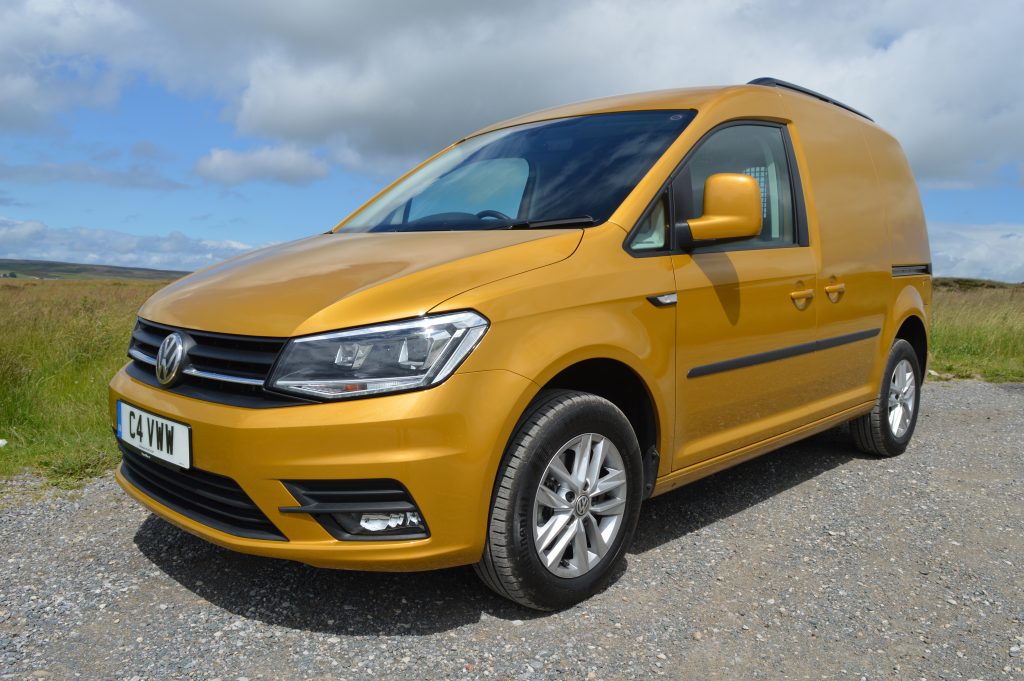
Background
It’s hard to believe that the Volkswagen Caddy’s origins go back almost 40 years. Originally derived from the first generation Golf, subsequent versions have been based on the Polo, and latterly the Touran platform. The latest facelift dates back to 2015 and it’s no secret that a replacement is waiting in the wings. Still a favourite with fleets and SME’s alike, in a sector dominated by the Ford Transit Connect does Caddy still have what it takes to compete? We spent a week with a SWB van in Highline spec (the top trim level) to find out…
Specification and features
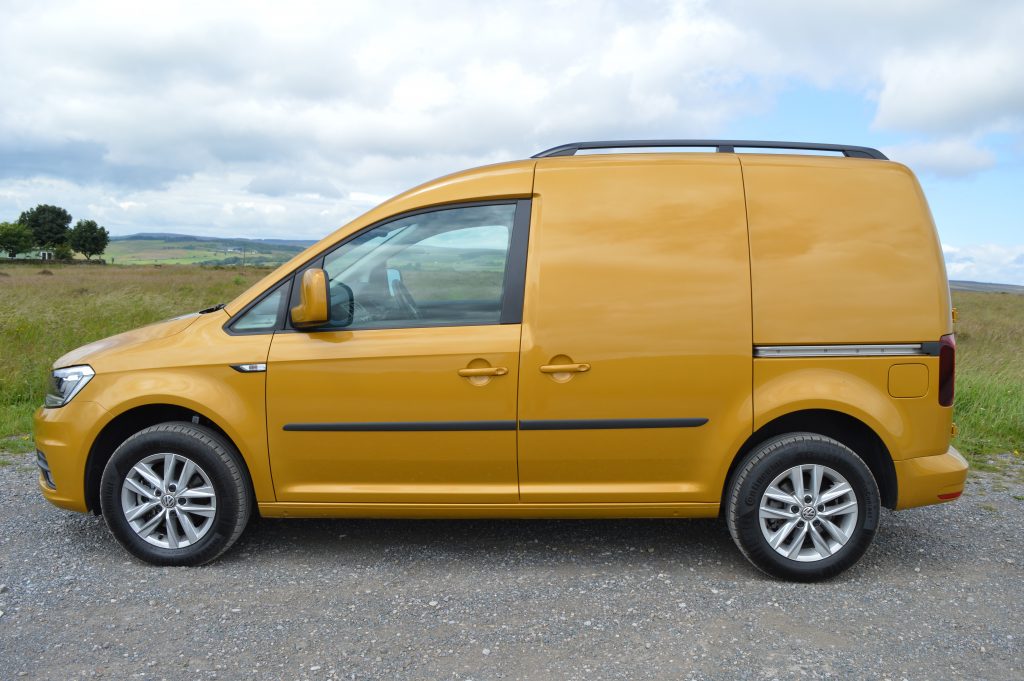
The Caddy range is relatively simple. Three trim levels, two diesel (105 and 150PS) engines, one 102PS petrol unit and two wheelbases (standard and Maxi). A Kombi version is also offered. Standard equipment on this range topping Highline model includes DAB radio with a 6.33” colour multimedia screen, Bluetooth, air conditioning, cruise control (with the optional adaptive feature on the test van), rear parking sensors, satellite navigation, heated windscreen, and alloy wheels. As you would expect these days, there is a plethora of driver assistance and safety features, such as front assist with city emergency braking, hill start assist and automatic post collision braking, amongst others.
The cab environment
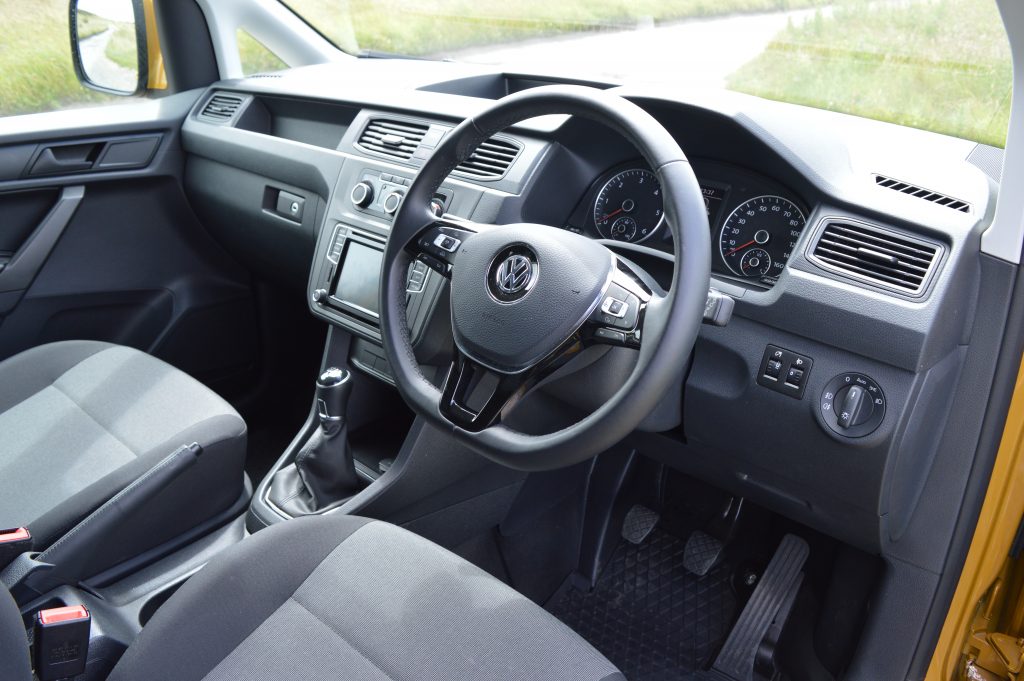
Instantly recognisable as a Volkswagen to anyone familiar with any of the manufacturers other vans or cars, the cab interior is attractive, functional and well designed. Instruments are clear and the majority of controls (with the exception of the electric window switches) are within easy reach. The multi function display (including nav) is mounted centrally and quite low – it feels an awfully long way from the drivers forward view and takes a little getting used to.
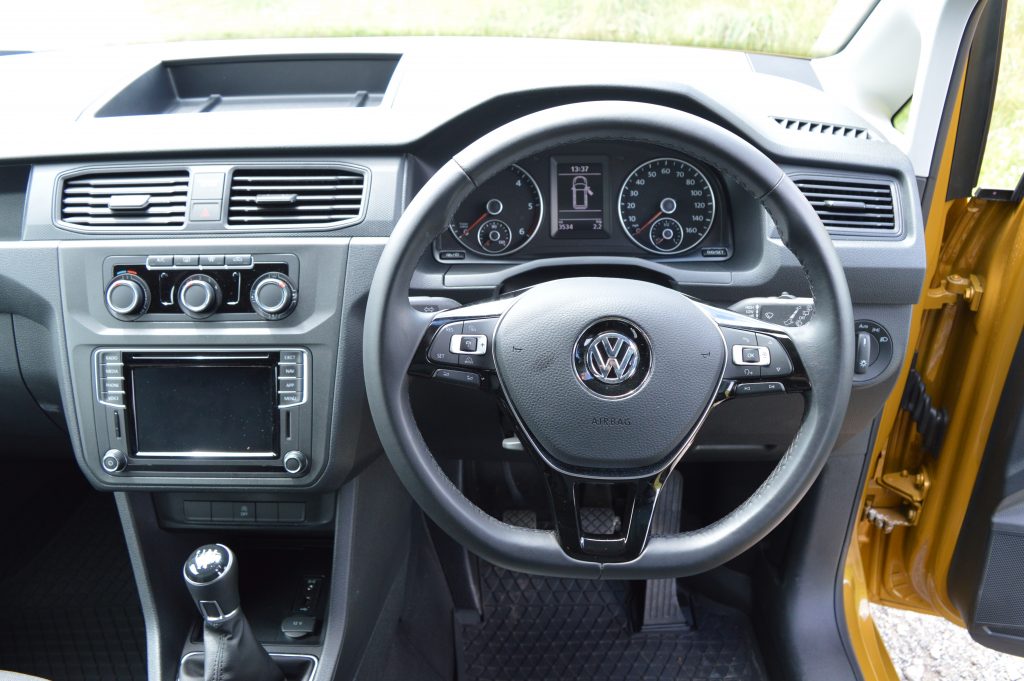
Storage is excellent for a van of this size. A huge glovebox and large door bins are accompanied by a dash top tray and a number of other, smaller storage areas. The driver and passenger seats have lidded underseat compartments although these are not large enough to accommodate a laptop, for example.
Load area
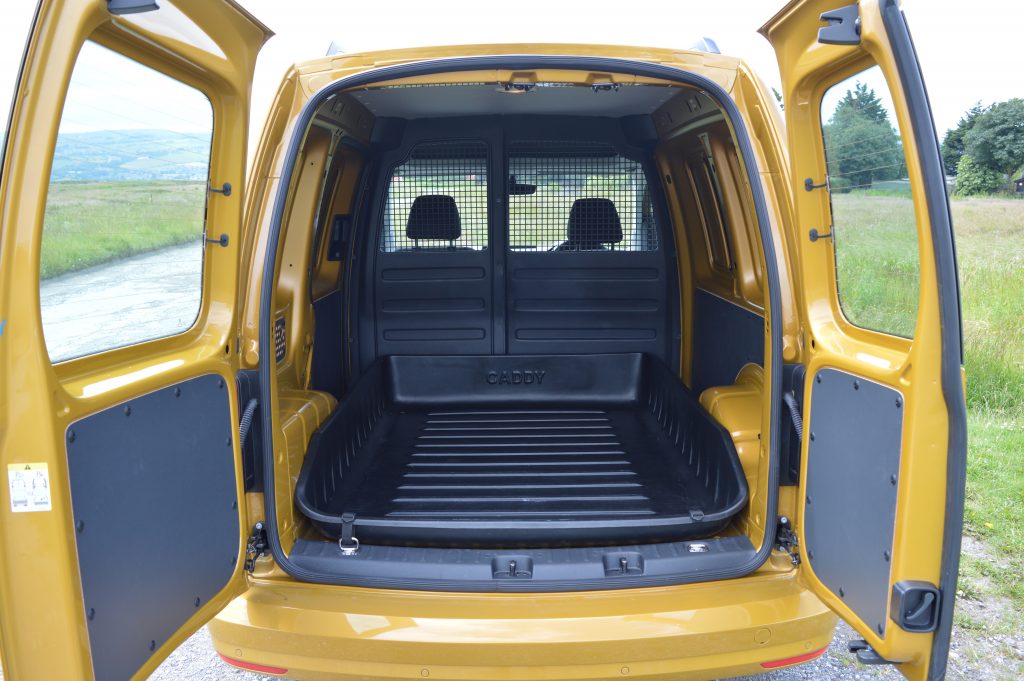
The loadspace is accessed from a decently sized side load door and, as standard asymmetrical twin rear doors, although a tailgate is available as an option. The load volume of 3.2 cubic meters is achieved by a load length of 1779mm, width of 1556mm and height of 1244mm. Payload is a reasonable, although not earth shattering 734kg. The passengers are separated from the loadbay by a full height bulkhead, partially solid, and partially mesh with lashing rings to complement those further along the load floor.
On the road
The 2.0 litre 102PS diesel engine performs very well – noise intrusion is acceptable and the 250nm of torque is very evident at low speeds, offering great flexibility particularly in urban, laden operation. The 5 speed manual gearbox is smooth and precise, but a non-existent 6th gear was often reached for (standard in the 150PS derivative). The steering is precise and the van handles well when pushed a little. Noise from the load area was quite noticeable, possibly due to the minimal intrusion from elsewhere, a fully solid bulkhead may well help to reduce this. The optional adaptive cruise control was used extensively on a long motorway drive, and, unlike other vans tested with this feature, the Caddy recognises when you are about to move out to pass a slower vehicle, accelerating the instant the indicator is operated. Other vans leave the driver ‘hanging’ until the lane manoeuvre has been completed and the road can be seen to be clear.
Conclusion
Despite new and updated offerings from the competition, Caddy continues to justify its popularity. It still looks good and fresh and comes with lashings of practicality, tech, spec and build quality. It drives well, has excellent residual values (and therefore a competitive cost of ownership) and one is left wondering what Volkswagen can improve on when the replacement is revealed in the not too distant future. A great little van, and I thoroughly enjoyed my week with it.
